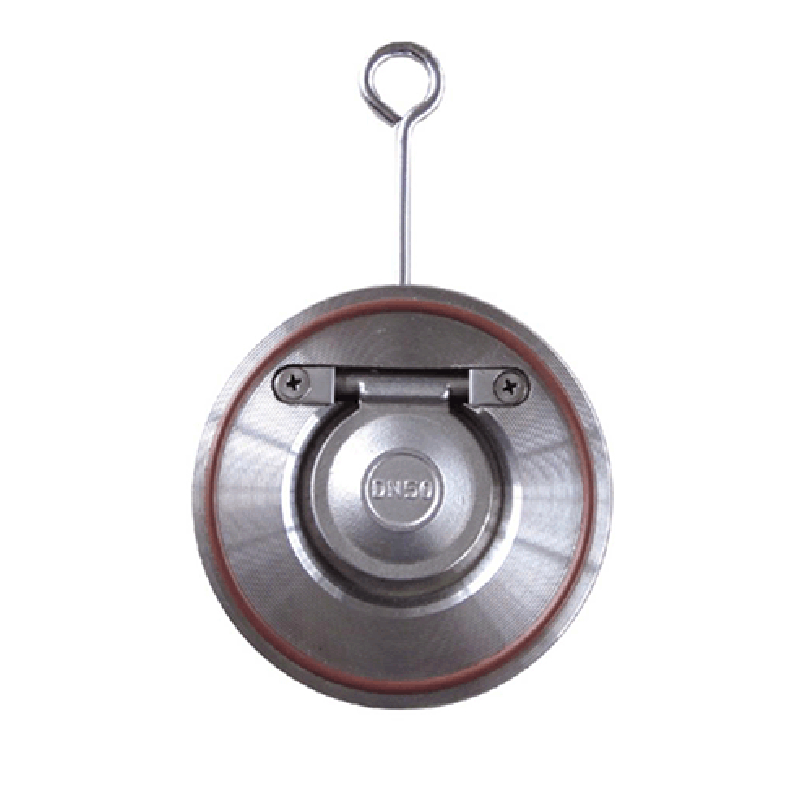നവം . 12, 2024 18:19 Back to list
4 way ball valve
Understanding the 4-Way Ball Valve A Comprehensive Overview
In the realm of fluid control systems, the 4-way ball valve stands out as a crucial component, offering versatility and reliability in managing the flow of liquids and gases. This type of valve is designed to control the direction of flow within a piping system, making it essential in various applications, from industrial processes to HVAC systems.
Design and Functionality
A 4-way ball valve features a spherical ball with four ports that can direct fluid flow in multiple directions. The valve typically comes with either a two-position or a multi-position configuration. In the two-position setup, the ball can be positioned to either allow flow from one inlet to two outlets or to block flow entirely. In the multi-position design, the valve can divert flow between multiple paths, providing greater flexibility in fluid management.
The operation of a 4-way ball valve is straightforward. When the handle is turned, the ball inside the valve rotates, changing the flow path accordingly. This simple yet effective mechanism offers rapid opening and closing capabilities, allowing for immediate control over fluid movement. This is particularly advantageous in systems requiring quick adjustments to flow or pressure, thus enhancing overall operational efficiency.
Applications
The 4-way ball valve is widely utilized across various industries due to its adaptability. In the HVAC sector, it is often employed in heat pump systems, where it can switch the flow direction to facilitate heating or cooling. In manufacturing and chemical processing, these valves are critical for redirecting fluids in complex systems, ensuring that processes remain continuous and efficient.
Moreover, the versatility of the 4-way ball valve makes it suitable for medical applications, such as in laboratory settings where precise control of fluids is paramount. Its ability to manage different flow paths also makes it ideal for hydraulic systems, where controlling power source direction is essential for operation.
4 way ball valve

Advantages
One of the primary benefits of 4-way ball valves is their ability to handle high flow rates while maintaining low pressure drops. This efficiency translates into energy savings and reduced operational costs. Furthermore, these valves are known for their durability, often constructed from robust materials such as stainless steel or brass, enabling them to withstand harsh environments and corrosive fluids.
Another significant advantage is their ease of maintenance. Unlike other types of valves that may require complex disassembly for servicing, the design of the 4-way ball valve allows for quick inspection and cleaning. This simplicity not only minimizes downtime but also contributes to lower maintenance costs over time.
Limitations
While 4-way ball valves offer numerous benefits, they are not without limitations. For example, their design may not be suitable for very high-pressure applications, where other valve types, such as gate or globe valves, may be more effective. Additionally, if the valve is not correctly sized or installed, it can lead to operational inefficiencies or increased wear over time.
Conclusion
In summary, the 4-way ball valve is an indispensable component in modern fluid control systems. Its ability to direct flow efficiently and reliably makes it a favorite in various industries. As technological advancements continue, we can expect even more innovations in the design and application of 4-way ball valves, further enhancing their role in effective fluid management systems. By understanding their functionality and advantages, engineers and operators can make informed decisions to optimize their operations and ensure the longevity of their systems.
Share
-
priming-a-pump-with-a-foot-valve-with-strainerNewsAug.23,2025
-
the-importance-of-a-y-strainer-in-pump-protectionNewsAug.23,2025
-
stainless-steel-ball-check-valve-for-high-purity-applicationsNewsAug.23,2025
-
common-applications-for-wafer-type-butterfly-valvesNewsAug.23,2025
-
seat-options-for-a-12-inch-knife-gate-valveNewsAug.23,2025
-
the-lifespan-of-a-typical-dismantling-jointNewsAug.23,2025


